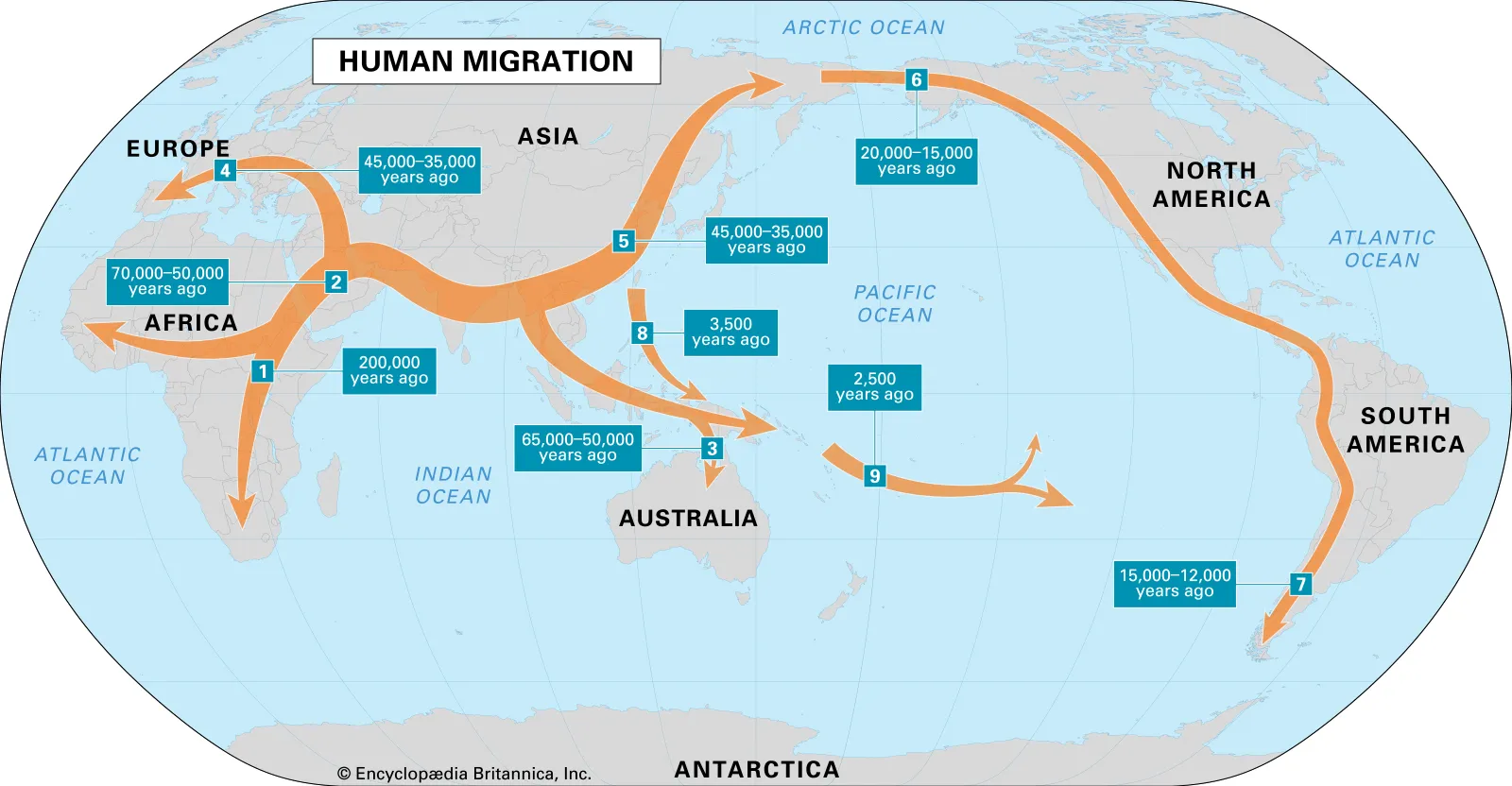For millennia, the question of where our ancestors ventured after leaving Africa has puzzled scientists. Now, a groundbreaking study provides compelling insights. These early humans, it appears, remained as a cohesive population in a geographical nucleus spanning Iran, southeast Iraq, and northeast Saudi Arabia for thousands of years before spreading across Asia and Europe around 45,000 years ago.
This revelation stems from an extensive analysis combining ancient DNA with modern genetic datasets and supported by paleoecological evidence. The region identified, part of the Persian Plateau, served as a strategic hub for these pioneering groups, which likely numbered only in the thousands.
Lead author Luca Pagani from the University of Padova describes their findings as providing “the first full picture of the whereabouts of the ancestors of all present-day non-Africans in the early phases of the colonization of Eurasia.” This region, with its diverse ecological settings, proved to be an ideal habitat for small, mobile bands of hunter-gatherers.
According to anthropologist Michael Petraglia of Griffith University, the hub’s resources, including wild game like gazelle, sheep, and goat, supported their seasonal lifestyle, alternating between lowlands and mountainous regions.
Evidence suggests that the inhabitants of this hub had dark skin and dark hair, akin to modern East African populations. Pagani highlights that significant cultural achievements, such as cave art, emerged concurrently with their departure from the hub.
Their dispersion marked the foundation for the genetic divergence observed between present-day East Asians and Europeans. By leveraging ancient genomic data, lead author Leonardo Vallini developed a method to discern this pivotal region amidst extensive genetic mixing over millennia.
While earlier excursions out of Africa occurred, they proved to be evolutionary cul-de-sacs. Additionally, evidence suggests interbreeding with Neanderthals in the hub, leaving a lasting genetic legacy in modern non-African populations.
This study not only sheds light on our ancestral past but also underscores the remarkable journey of Homo sapiens as they embarked on a global diaspora, shaping the genetic tapestry of humanity.



